From Parts Manufacturing to Their Own Cars: A New Phase in the Industry
When parts manufacturers decided to challenge the car giants. Some companies tried their hand at car manufacturing, each with its unique story.
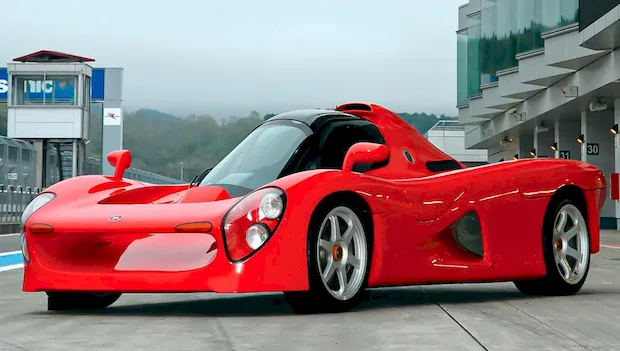
When parts manufacturers got bored of waiting, they decided to take matters into their own hands. Without much fanfare, suppliers began to assemble their own cars — from supercars to electric sedans.
It's worth noting, Michelin — is not the only car part manufacturer tired of waiting for major car manufacturers to make the perfect car. Yamaha, Sony, and Samsung also tried their hand at car manufacturing, each with its unique story.
Yamaha OX99-11 — the unrealized dream
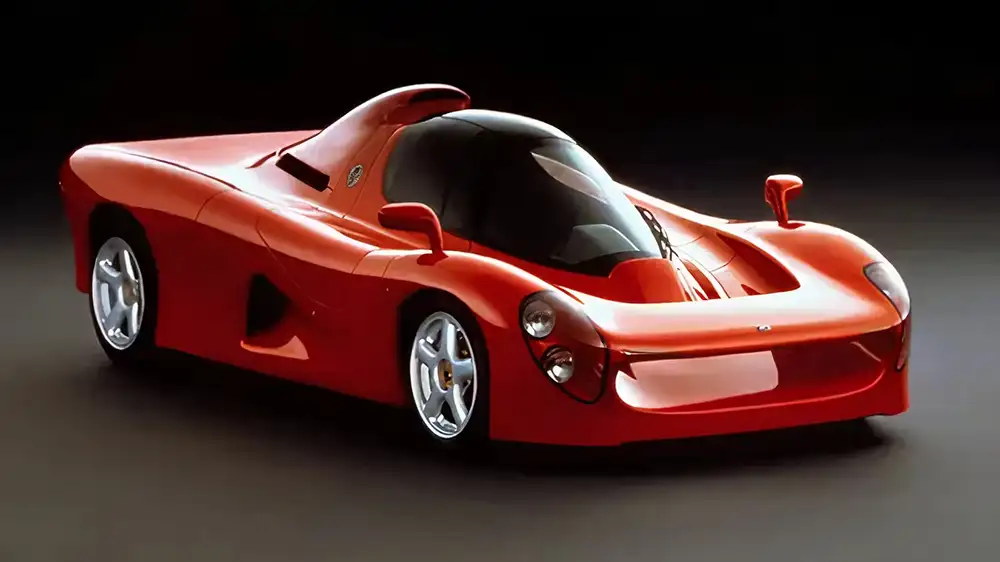
Yamaha is known not only for motorcycles and outboard motors but also for its ambitions in the automotive world. Although the company never released a production model under its name, one project was especially close to realization — the OX99-11 supercar.
This monster was equipped with a 3.5-liter V12 engine producing 400 horsepower — the same engine used in Formula 1 cars. The stylish single-seater body with scissor doors and a six-speed manual gearbox was to be the embodiment of speed and technology. The development was led by Takuya Yura, legendary Japanese racer and founder of Mooncraft.
Limited production was planned under the Ypsilon Technology brand, but the economic crisis of the 1990s put an end to these plans. As a result, only three prototypes saw the light of day.
Sony AFEELA — technology of the future
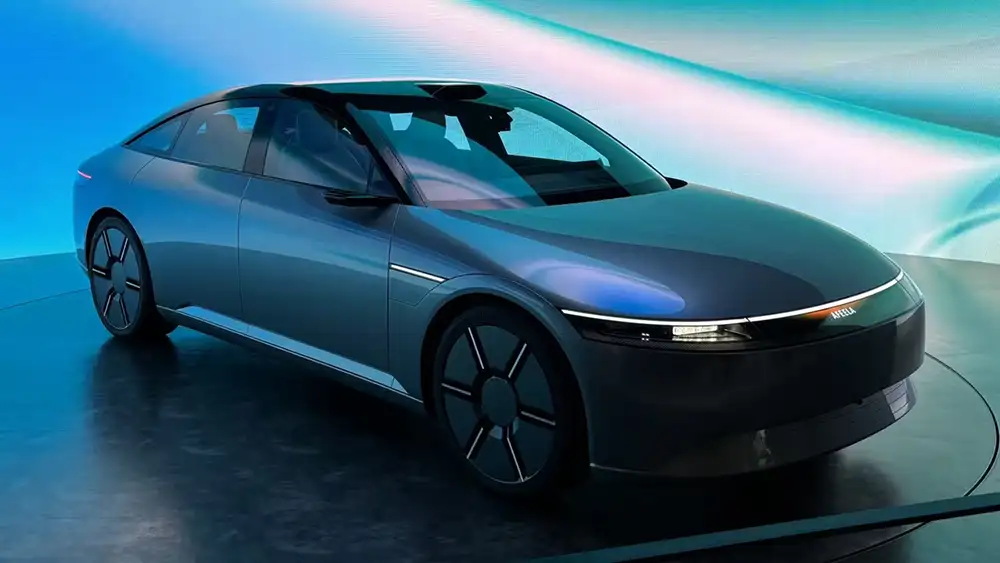
Sony and Honda teamed up to create not just an electric car, but a high-tech gadget on wheels. Their joint project — AFEELA — promises to be one of the most advanced vehicles on the market.
The car is packed with cameras and sensors (45 in total!), runs on the Unreal Engine 5.3 game engine, and even uses an AI assistant based on Microsoft Azure OpenAI. The buyer presentation is scheduled for 2026, and if everything goes according to plan, it will be a true breakthrough in the automotive industry.
Renault Samsung SM3 — a modest sedan with a loud name
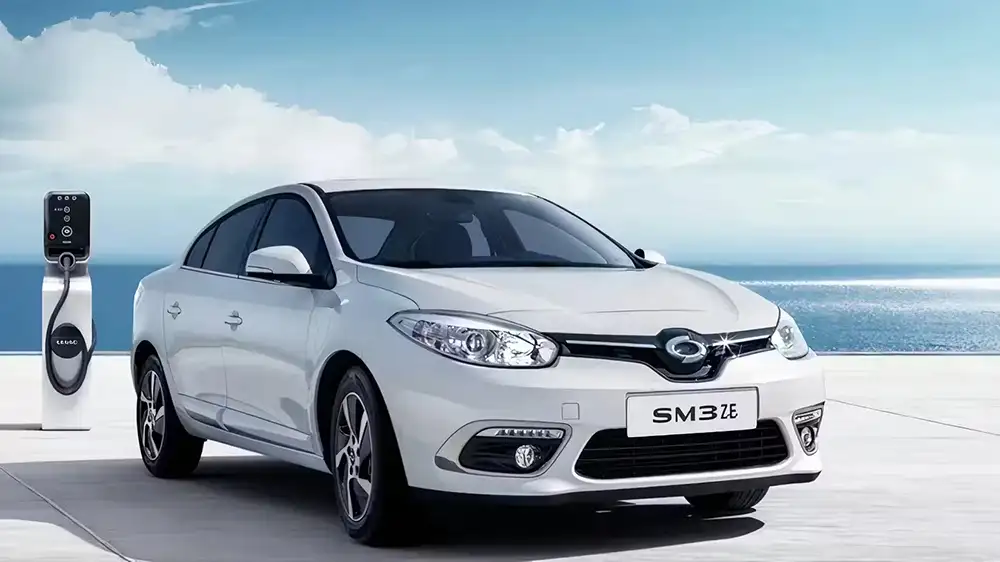
Samsung Motors appeared in 1994, but by 2000 it had transformed into Renault Samsung Motors and later — just Renault Korea. The most famous model of this alliance was the SM3, which was essentially a rebadged Nissan Sunny with a 1.6-liter engine producing 107 horsepower.
The second generation SM3 even became a clone of the Renault Fluence. Today, Samsung continues to work in the automotive industry but now as a technology partner, mainly collaborating with Hyundai.
These stories show that even companies not directly involved in car manufacturing can create interesting and unusual cars. It's just a pity that not all of them made it to production.
You may also be interested in the news:

Volkswagen to Leave U.S. and China to Their Own Devices as It Shifts Its Focus
Volkswagen will invest €160 billion through 2030 as pressure mounts in the U.S. and China

Mitsubishi Weighs a Return to U.S. Manufacturing With Help From Nissan and Honda
Mitsubishi is considering a comeback in America — teaming up with Nissan and Honda to counter rising tariff pressures.

Europe’s Auto Industry Is Splitting at the Seams: Valmet Automotive Halts for the First Time in 50 Years as Plants Shut Down One After Another
For the first time in half a century, Finland’s Valmet Automotive plant in Uusikaupunki has halted production — employees began receiving layoff notices on December 1.
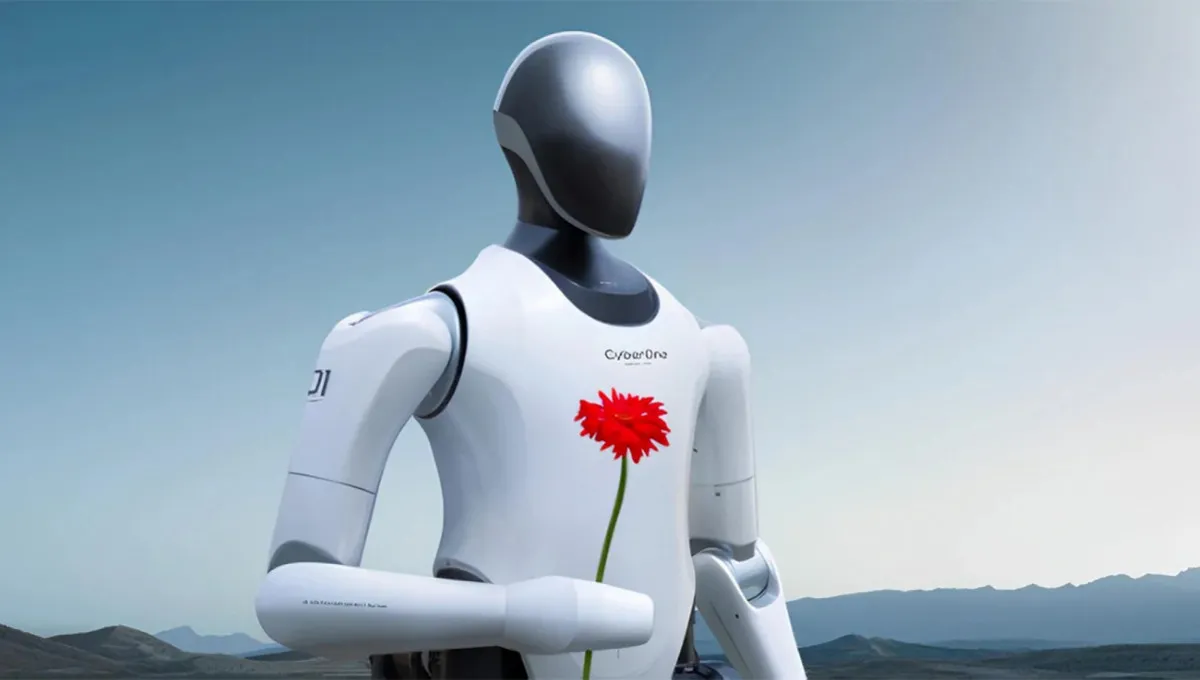
Xiaomi to Lay Off All Workers and Replace Them with Robots in Its Factories
The company is betting on humanoid machines and artificial intelligence.

Stellantis Announces U.S. Workforce Expansion and Major Manufacturing Investments
Stellantis unveils a sweeping personnel overhaul and a refreshed product strategy.